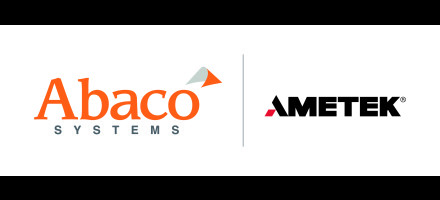Avionics FACE lift
StoryMarch 09, 2016
FACE looks not only at technology but also at issues such as intellectual property, conformance verification, military specs, and procurement requirements.
Software portability has long been a goal of military procurement officials. Think of all the money that could be saved if each new software project did not have to start from scratch and if modules could be integrated more quickly and less expensively. Hardware – within a wide range of performance options – is roughly interchangeable, so why not software? Until recently, however, their reach exceeded their grasp.
Early software-interoperability initiatives went nowhere because they lacked consensus and drive. Success in this arena requires a strong hand and top-down support. Instead, waivers were allocated and standards went unmandated.
In response to these early attempts, the standards efforts became smarter, focusing on business as well as technical issues. The probability of success also was boosted by the unquestionable need to control runaway software-development costs. The upshot was the formation of FACE, the Future Airborne Capability Environment consortium, a government/industry group – backed by the U.S. Navy and Army aviation procurement organizations – under the umbrella of the Open Group, an organization with deep experience in standards development. FACE looks not only at technology but also at issues such as intellectual property, conformance verification, military specs, and procurement requirements. The avionics industry likewise is reengineering its own business models.
FACE grows and develops
More than six years from power-on, FACE is reaching critical mass. Standards have emerged for the interfaces between the different levels of software, as part of an avionics common operating environment. Developers of software modules residing at the application, transport services, platform-specific services, and I/O services levels must build application programming interfaces (APIs) that conform to FACE standards. The consortium also has identified standards for functions within these software layers. Once approved, reusable software modules will be housed in a repository accessible to system developers. Verification authorities, which will opine on the conformance of software modules to the FACE standards, are being named; some already are listed on the FACE website.
Although FACE aficionados like to compare the software repository to an app store, developers won’t be able to pop software components from the repository into a mission computer, for example. There will have to be some integration and test activity to make sure that the various components work together as a system. However, because a component from the repository already will have been proven to conform to FACE standards, the time and cost of system integration are expected to be much less than is the norm today. That’s what will make the effort worthwhile.
Progress, development
Progress is being made. A technical interchange meeting in February 2016 highlighted the breadth and depth of FACE software development. Around 30 companies, including prime contractors, application developers, hardware developers, and suppliers of software utilities, took part in interoperability demonstrations. The FACE consortium now includes more than 80 companies, with a growing number of procurements committed to its standards.
Although the standards are still evolving and the projected cost savings are not yet within view, the consortium has moved closer to the goal of software portability and reusability than any initiative in the past. The ability of military managers to pick and choose between different vendors’ software components with confidence that these elements will work together would be a sea change, compared with the traditional way of doing business, in which each capability is built from the ground up with software that is unique to the platform.
FACE hardware
While FACE is most critically concerned with application-level software, nothing can run without lower-level software and the underlying hardware. That reality leaves room for innovation at these levels, as well. An example of hardware designed to run FACE applications is Abaco Systems’ soon-to-be-announced FORCE2 display computer, which hosts the VxWorks 653 operating system together with an avionics data bus, Ethernet, and graphics drivers aligned with FACE standards (Figure 1).
At present the FACE enterprise is like an aircraft taxiing down the runway: It has yet to take off or reach cruise altitude. As the standard matures, there probably will be additional room for hardware differentiation and optimization. In the future, we may see board manufacturers leverage not only their own high-performance processing architectures but also distinct sets of built-in test, platform-specific, and I/O software to improve system performance and reduce program costs.
Figure 1: The Abaco Systems FORCE2 display computer is an example of hardware designed to run FACE applications.
(Click graphic to zoom by 1.9x)
www.abaco.com










